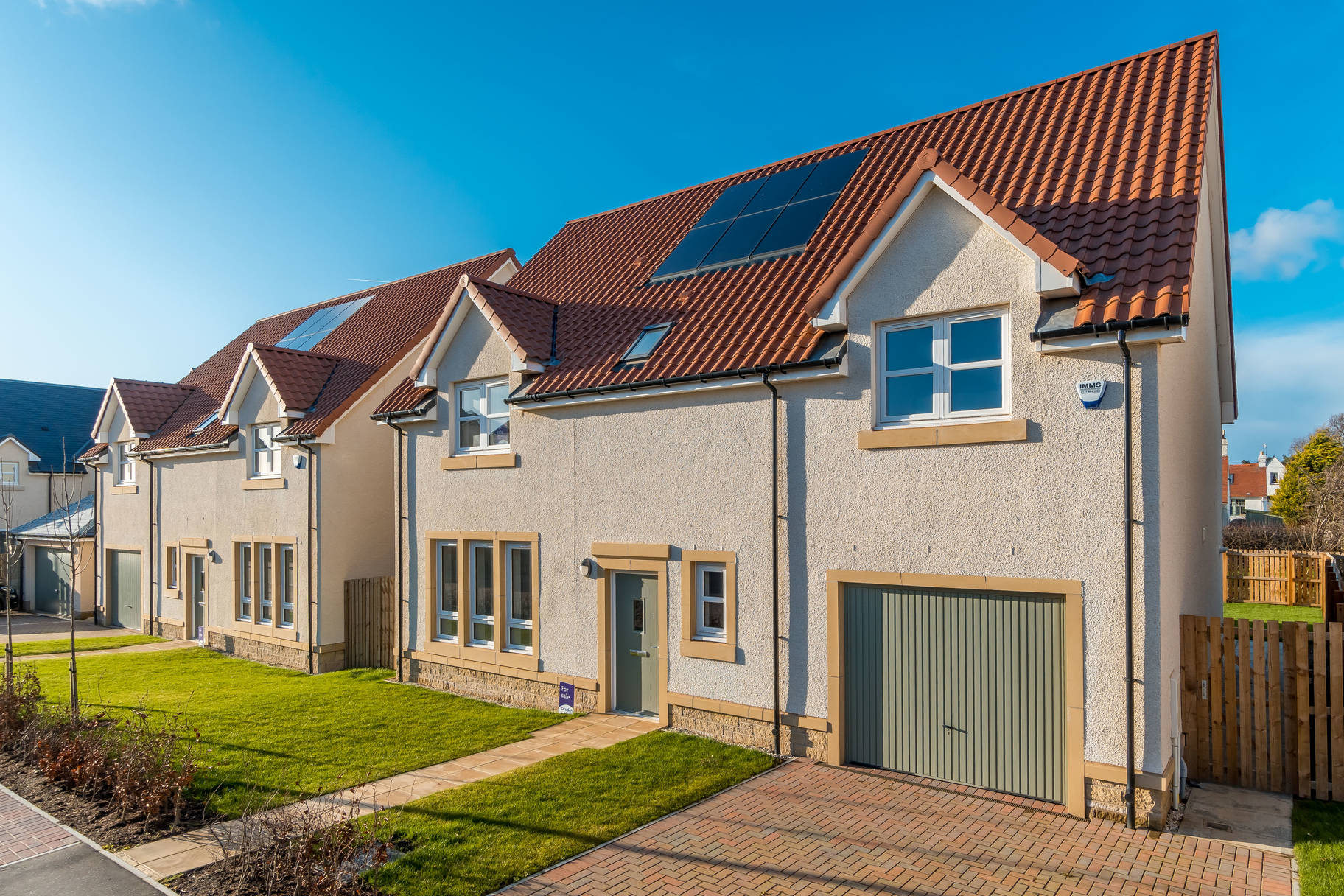Why new-build homes are so energy efficient

Housebuilding has always been an evolving process, with incremental improvements in industry standards. In the 19th century, having a private outside toilet would have seemed luxurious, at a time when many terraced homes shared a small outbuilding with their neighbours. In the interwar years, new homeowners were routinely thrilled by the prospect of a garage and a fitted kitchen. And by the 1970s, double glazing was demanded by new home buyers who’d grown up shivering beside draughty single-glazed casements.
The latter example perfectly illustrates the concept of energy efficiency. For decades, builders have been meeting (and in many cases exceeding) the evolving minimum energy standards relating to new residential dwellings. The war in Ukraine and the resulting energy crisis have crystallised the benefits of having an energy-efficient home. And if you’re reading this in a draughty old tenement, or a post-war property of non-standard construction, nothing you can do to your existing home will hold a metaphorical candle to the techniques found in new-build homes across Scotland…
Lofty ambitions
It’s well-known that warm air rises, but it’s less known that a quarter of the heat generated by a typical boiler will escape through the roof of your home. For that simple reason, new attics are packed with dense insulation materials like quilted glass mineral wool. This is laid in thick strips across the beams criss-crossing loft spaces in houses, bungalows and apartment buildings. This makes lofts less practical for the kind of occasional-item storage many of us remember in our childhood homes, but it slashes the amount of money wasted by generating heat that’s allowed to simply float away.
Windows onto the world
Today’s ultra-efficient double-glazed windows are extremely good at trapping warmth inside our homes, preventing cold outside air from penetrating. The surrounding casements are also far more efficient than those leaky plastic or aluminium efforts from the post-war decades. Cruden Homes uses frames designed to maximise the amount of sunshine which can flood into a home, boosting solar gain, while impressive tolerances and vacuums between panes minimise the amount of heat escaping in the opposite direction.
Summoning up the energy
Energy Performance Certificates may be the most overlooked part of property listings, but they’re hugely important nonetheless. EPC ratings (from A to G) illustrate energy use and typical running costs, and every new or resale home must have one. Yet while 84 per cent of new-builds have an A or B-rated EPC, only three per cent of existing homes do. To put that into perspective, heating costs across new-build homes are on average around 59 per cent lower than in resales, with lighting and hot water costs both almost around a fifth lower.
The latest technology
We mentioned hot water in the last sentence, and it’s worth noting that electrical appliances are constantly improving their efficiency just like new homes. Today’s washing machines and dishwashers conserve energy and minimise water usage, while tomorrow’s boilers will move away from gas towards renewable heating systems as part of the national drive towards net zero CO2 emissions by 2050.
Finally, Scotland’s colder climate has traditionally led to higher thermal performance standards being implemented here than elsewhere. We lead the UK in timber frame construction, with external walls accommodating more insulation than traditional brick walls permit. Modern technologies like photovoltaic roof panels also allow construction firms to literally build energy efficiency into the fabric of new homes – to the benefit of current and future occupiers alike.
Back to Latest Posts




